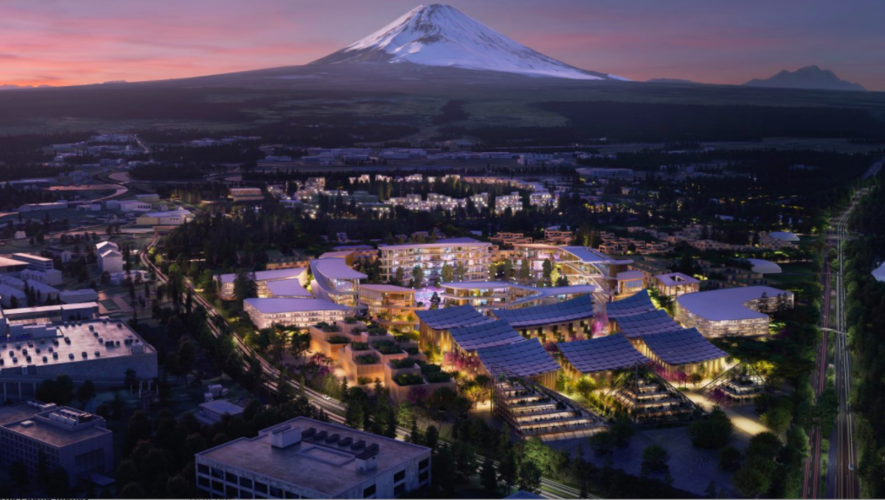Let your imagination fly as you realize that what a city looks and feels like in the future, can and will be completely reconceived and reshaped.
As we contemplate the innovations in city living ahead, most considerations tend to take two very different paths:
On one hand, we are beginning to understand some of the advantages of a tech-enhanced, data-rich community; one that will better allocate resources such as energy and water, pinpoint breakdowns in infrastructure (like an aging bridge) or anticipate the spread of illness and make services and support vastly more accessible. Advances in artificial intelligence, robotics, additive manufacturing and an exponentially faster 5G network will usher in whole new solutions for transportation (drone taxis?), 3D-printed modular housing, vertically farmed food, on-demand (or even pre-demand) retail and whole new forms of entertainment, medical care and more.
In one example of many, a recent report on cities and AI describes a big data and tourism project in Bordeaux, France, that brings private and public players together to monitor tourists’ behavior and provide the city and regional governments with information on tourism trends, thereby better tailoring and investing in the experiences with the greatest demand.
On the other hand, there is a strong desire for greater human connection and the building of more sustainable communities. Have you heard about “20-minute neighborhoods”? Originating in Melbourne, Australia, the idea is catching on as urban planners consider what it takes to provide most of what people need for everyday living within a 20-minute walk, bike ride or public transportation ride from home — no cars. Things such as shopping, business services, education, community facilities, recreational and sporting resources, as well as local employment opportunities, health centers and even community gardens are all within this distance. This is a key policy direction of the Plan Melbourne 2017-2050 initiative, designed to reduce traffic and carbon emissions while also pulling us closer together and tackling the epidemic of loneliness. Cities around the world are beginning to buzz with possibility.
Ideally, our city will evolve to combine the best of both of these perspectives in a high tech/high caring approach that addresses legitimate concerns about privacy, equitable access and bias as we also nourish our needs for belonging, purpose, growth and play. While there are so many unique strengths Austin already has to work with, it’s worth noting there are several intriguing projects emerging around the world worth learning more about.
Toyota (yes the transportation company) recently announced they are building a smart “city of the future” at the foot of Mount Fuji, Japan. Woven City, as it is named, will feature autonomous cars as well as a variety of mobility solutions, robots in homes and around town, smart houses with sensor embedded fridges powered by renewable energy and so on. All connected by its own digital operating system. Most impressively, this is expected to open in 2021, first housing up to 2,000 Toyota employees.
I encourage you to read more about some of the most innovative smart city projects in the world.
As technology ushers in a hyper-connected existence, we have the opportunity to apply it in ways that strengthen our communities and ensure both we, and our planet, thrive in the decades ahead.


